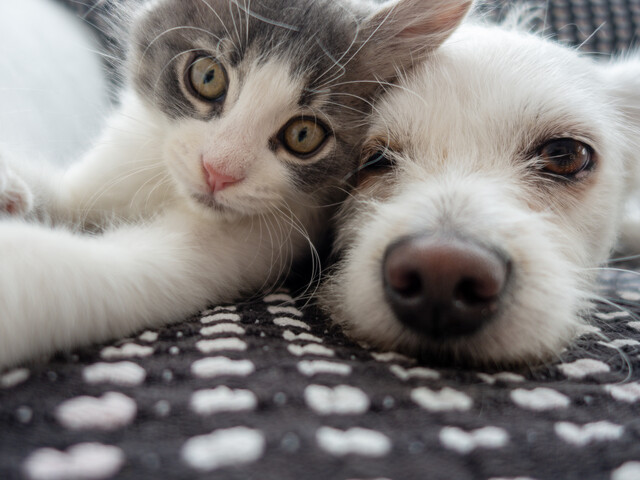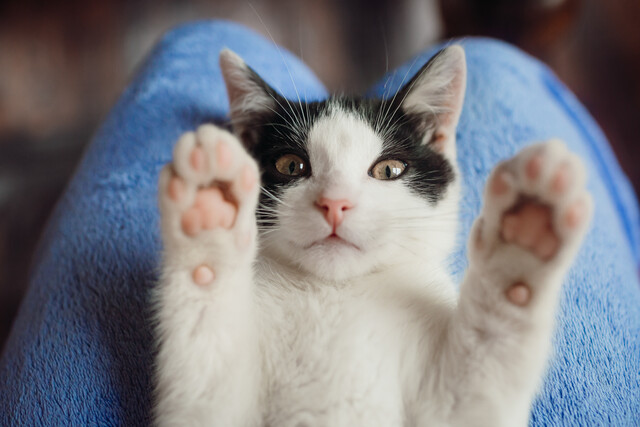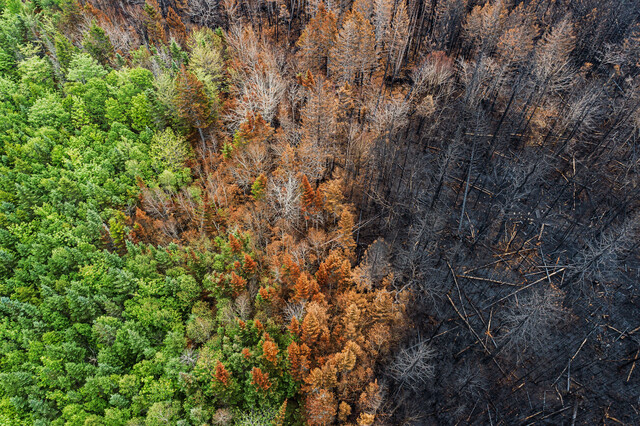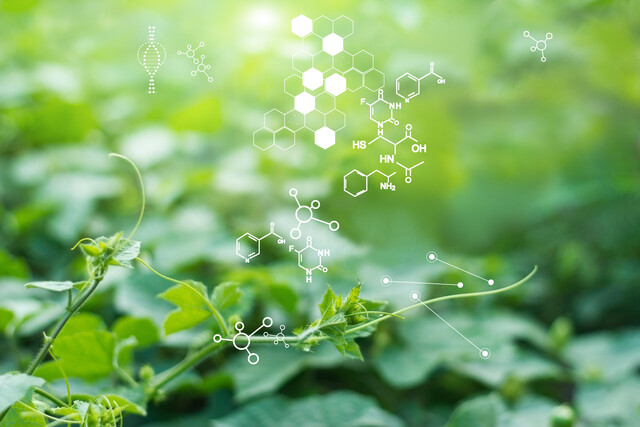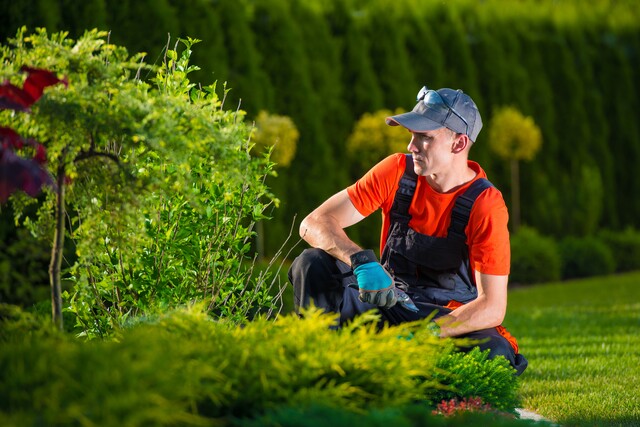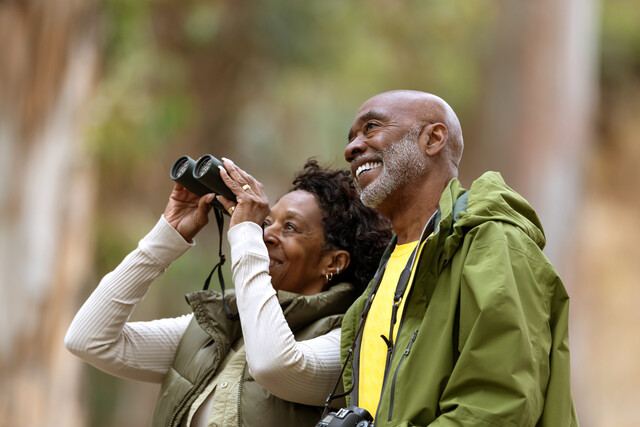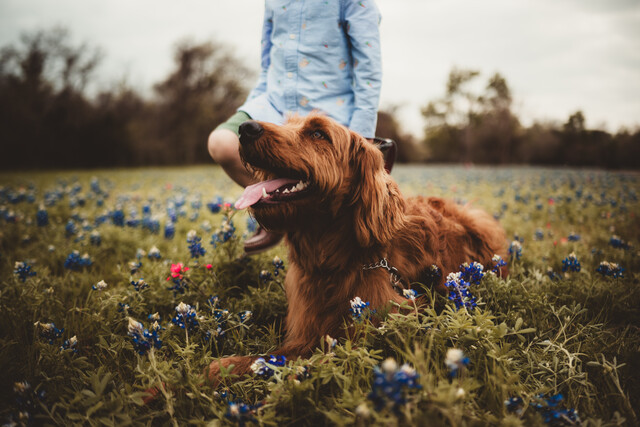Wildlife rehabilitation is an important activity in which we can all participate. It has to do with caring for orphaned, injured, or sick wild animals with the ultimate intention of releasing the animal back into its natural habitat. Of course, unless you are an expert, such as a veterinarian, this is not something that you can do alone. However, with the help of the professionals in your community, you can take part in this vital process to preserving the natural wildlife around you.
It is a process that involves safely capturing, examining, diagnosing, and treating the animals using proper veterinary and hospital care, feeding, physical therapy, exercise, medicating, and a pre-release conditioning program. Releasing must be carefully planned so that it occurs not only when the animal is ready, but also in the right habitat, location, season, and even weather.
It can be extremely challenging emotionally to take part in wildlife rehabilitation, since there will be some animals that are discovered to be beyond helping, and they will require euthanizing.
There will also be animals who will survive and live quality lives, but which will not be releasable into the wild again. These animals often find good homes in zoos, as educational aids, and for valuable research.
Indeed, as with everything, there are people who would criticize the idea of wildlife rehabilitation, because they believe that nature should be allowed to take its course; that injured and sick animals should be allowed to remain free and let the natural environment choose their fate. However, it should be noted that while that argument is valid, in the majority of cases, it is not "nature" that has caused these animals to be injured, sick, and orphaned.
The leading cause of injury, illness, and orphans among wild animals treated by wildlife rehabilitation is humans. Some may be accidental, others intentional, such as:
- high voltage wires,
- firearms,
- cars,
- trains,
- lawnmowers,
- traps,
- children throwing stones,
- large,
- clear windows,
- wood cutters,
- oil spills,
- pets,
- poisons,
- and any number of other issues that harm wild animals.
After having such a negative impact on these animals, wildlife rehabilitation allows people to relieve the suffering of injured and sick wild animals, and releasing them back into the wild where they belong. Similarly, if the damage is great enough, the animals can be humanely euthanized.
Therefore, trained rehabilitators are an important part of returning animals to the wild to reduce the negative impact humans have had on them and their environment.
Proper wildlife rehabilitation is an extremely biologically and ecologically responsible attitude toward all living things.
How You Can Become a Wildlife Rehabilitator
To become an "official" wildlife rehabilitator, you will need to find out what the requirements are for the license in your state. Though there is no formal education that is required to obtain this license, many states do require that you have experience, for example, working with a licensed wildlife rehabber for a minimum amount of time. Other states also require that you pass an exam to obtain your wildlife rehabilitation license.
If you are interested in contributing to the field of wildlife rehabilitation, the best place for you to get started is with a licensed rehabilitator in your area, with whom you may volunteer for a while.By doing things this way, you will be able to learn what is involved in the entire wildlife rehabilitation, including both the good and the bad. You will be able to find out if it really is for you, and if you want to dedicate more of your time to it under your own license.
You will also learn about the long hours and hard work that the majority of wildlife rehabbers put into their contribution, and that almost all rehabilitation work is done on a volunteer basis. True, there are some paid positions in some centers across the country, however, they are the minority. Most wildlife rehabilitation is strictly voluntary.
You will also need to decide if you want to operate your rehabilitation from your own home, if you want to join with other rehabbers in small centers, or if you want to work in a larger wildlife rehabilitation center. The latter is a great place to volunteer when you are first getting started, whether that is where you actually stay.
Your next step, after volunteering alongside a licensed wildlife rehabber is to join either one or both of the national wildlife rehabilitation organizations. These each offer tremendous resources and information to wildlife rehabilitators. There are also training classes both at the basic and advanced level, which are available around the country to help wildlife rehabilitators provide their very best assistance.
Sadness and Grief
When you care for wild animals, you have times of great joy and happiness but also times of sadness and grief. When a wild animal's injuries are too serious to recover, the rehabilitator has to ask very hard questions. Should the animal have to suffer in pain or forced captivity, or should it be euthanized (quickly and painlessly killed)?
About half of the animals and birds admitted to rehabilitation centers cannot be released. They are either too badly injured or too seriously sick. Some are in constant pain; others have lost their eyesight, legs, wings, or beaks. They cannot eat, fly, or walk. Should they be confined in cages, forever longing to be free? Do they have a right to be released from pain and suffering?
Most government permit requirements do not allow rehabilitators to keep unreleasable animals unless they are education animals (which require another special permit). Even if they could keep them, how would they pay for the care of hundreds of thousands hopelessly sick and injured wild animals?
The decision is never easy, and rehab specialists will agonize over what to do. To be honest, many rehabbers cry their eyes out and it never gets any better. In the end, most would rather euthanize than return an animal to the wild if it cannot survive on its own. You would not want an animal to suffer by slow starvation or be hurt or killed by predators. Sometimes euthanasia is the last kindness they can offer.
If you are going to train to be a volunteer rehabilitator, you will quickly find out if you are going to be able to handle your grief over loss. In addition, an animal that has done well in your care and has been released may cause you to feel a strong sense of loss.
You miss the animal and worry about what will happen to it.
When you hear of cruelty to animals and neglect, you feel strong emotions of grief, anger, sadness, and frustration. Sometimes our society does not offer much sympathy to a person grieving over an animal but the grief is genuine and painful.
You will need to talk to someone who will understand. Try not to let it discourage you. Know that with the great joys of rescue also comes much sadness. It is a comfort to know that you cared enough to help, and that your animal or bird died warm, fed, and safe from fear and predators.
Remember, wild things need you to be there ready to help with the next emergency.
Questions, Answers, This, and That
This is not really a article but I have so much miscellaneous information and students often give me great advice to pass on so here are some tidbits, facts, and student questions that I have gathered. I am always adding to this and there is really no order.
1. Why is "spring" the busiest time of year for rehabbers? Babies, babies, babies! Well meaning people, pick up thousands of babies, and take them to rehabbers. Many of them do not need to be "saved" and will die without their mother's care. I hope you will take away this one fact from the article, "Does the bird or animal really need to be rescued?"
2. Some rehabbers will not name their rescues. Why? It makes them more attached.
3. Cat attacks are the most preventable of all bird injuries and death.
4. If you can do this safely, when you see "road kill" take a small shovel from your car and carry it as far off the road as you can. You will save many lives, carrion eaters, crows, squirrels, all can be hit by other cars as they feed. (Be sure to remember to check opossums for babies).
5. If you stop your car, bike, or if you are on foot and see a turtle crossing the road, it is great to help, just be sure to place him in the same direction he was going, otherwise, he will head right back across the road.
6. Careless litter kills and maims so many fish, birds, and wildlife. Be sure and cut open the holes of 6-pack plastic soft drink holders. Balloons can cause all kinds of damage. Fishing lines can choke, be swallowed, or tangle legs and beaks to cause drowning or starvation.
7. Do not feed your pets outdoors if you do not want to feed wildlife as well. They WILL find the food, and they WILL come back for more.
8. A large percentage of the small birds and mammals brought to rehabilitators are caught by cats. Cat saliva has bacteria in it that is devastating to a small critter and will cause infection and eventually death with 72 hours.
9. Animals love their young.
10. Opossums have the shortest gestation period (about 12 days) of all marsupials. Five to 25 young no bigger than bees are born blind and naked. They instinctively crawl the 2 inches from the birth canal to the mother's pouch (it takes about 10 minutes) where they attach themselves to one of 13 nipples. There they stay for 2 months.
11. Cow's milk is one of the worst foods anyone can feed baby animals. It makes them sick and can kill them.
12. Any wild animal that has lost its fear of humans is dangerous, and doomed.
13. If you have unused towels or blankets, rehab centers can always use them to keep animals warm. If you do not have a rehab center near you, why not donate them to animal emergency clinics?
14. Why are not birds electrocuted on electric wires? For a bird to be electrocuted its body must be grounded, that is, there must be a completed circuit in order for the current to go through its body. If the bird could stand with one leg on the wire and one on the ground, the circuit would be completed.
15. The skunk's only means of defense is a pair of glands with nipple like openings under its tail. These glands contain a fluid with a strong, sickening odor. The skunk can squirt this liquid with considerable force and accuracy when frightened or attacked. So be very careful if a skunk turns his back on you.
16. Fawns are often left alone for long periods while the mother forages for food. Fawns wander normally, but when they are crying as well, something is wrong. Usually the mother has been hurt and has not returned.
17. Skunks spray only when cornered, but that smell lingers, so if you have many skunks you may not want to keep bird feeders for a while because the seeds will attract skunks.
18. Gardeners are always battling deer, which can eat everything down to the ground. Deer do not particularly like the taste of astilbe, gaillardia, columbine, crocus, shasta daisy, grape hyacinth, larkspur, and lupine. Alternatively, spray plantings with all natural
Deer Out(
www.deerout.com), made of essential oils. Please do not use repellent products made with predator urine, which is harvested inhumanely.
19. If bats or other critters have taken up residence in your attic or under the porch, they might have had babies, so please do not seal off the mother's access or her young will die. Consult professionals prior to closing points of entry.
20. It is estimated that approximately 7 million wild birds are killed each year due to pesticides used by homeowners who want to beautify their yard.
21. Did you know that bats are a natural predator of mosquitoes, and a bat can eat 1,000 mosquitoes in an hour! Why not think about installing wooden bat houses in your backyard?



